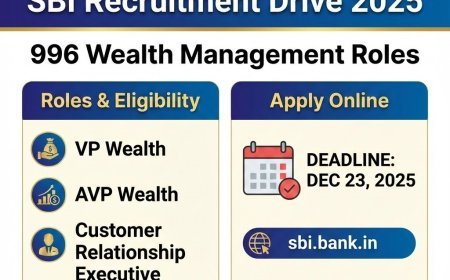XX Taxation in Securities Markets - 10
XX Taxation in Securities Markets - 10
Q 1. What is the purpose of Employee Stock Option Plans (ESOPs)?
To provide employees with a guaranteed income
Allow employees to purchase company shares at a discount
Offering employees retirement benefits
None of the above
Q 2. How is short-term capital gain or loss computed?
By subtracting the indexed cost of acquisition from the full value of consideration
By subtracting the expenditure incurred in connection with the transfer from the full value of consideration
By subtracting the cost of acquisition from the full value of consideration
By subtracting the exemption under Sections 54B, 54D, 54G, and 54GA from the full value of consideration
Q 3. According to SCRA, what is the significance of securities issued by a special purpose distinct entity?
Acknowledging the beneficial interest of investors in debt and receivables
Facilitating speculative trading activities
Providing insurance coverage to investors
None of the above
Q 4. What does the new sub-section (vii) under section 47 of the Income-tax Act specify regarding the exchange of gold for an EGR?
It imposes a capital gains tax on such exchanges
It exempts such exchanges from being considered for transfer for tax purposes
It imposes a wealth tax on the value of the EGR received
It imposes a transaction tax on the exchange
Q 5. How are entries made in the books of account for speculative transactions?
Entries are made for the full value of the purchased or sold asset
Entries are made for the differences between positive and negative outcomes
Entries are made for the difference between actual delivery and intended delivery
Entries are made for the differences between positive and negative delivery outcomes
Q 6. what should the tax on distributed income from a buyback of shares be paid?
Through online banking only
By cash to the central government office
Via check to the income tax department
By wire transfer to the Reserve Bank of India
Q 7. What is the role of a Qualified Buyer in the securitization process?
Issuance of security receipts to retail investors
Acquisition of financial assets from ARCs
Management of NPAs
None of the above
Q 8. How can an assessee choose to pay tax on business income?
Only based on books of account
Only under the presumptive tax scheme
Either based on the books of the account or under the presumptive tax scheme
None of the above
Q 9. Which professions are excluded from opting for the presumptive taxation scheme under Section 44ADA?
Engineering and Medical Professionals
Engineering and architectural professionals
Legal and medical professionals
Film artists and interior decoration professionals
Q 10. Which market participant primarily deals with determining the basis of the allotment of securities?
Credit Rating Agencies
Investment Advisors
Share Transfer Agents
None of the above
Q 11. What is the role of a Special Purpose Vehicle (SPV) in the securitization process?
Originator of assets
Holder of securities
Issuer of debt
Regulator of securities markets
Q 12. What tax treatment applies when an investor converts FCCBs into shares of the company?
Taxed as ordinary income
Taxes as long-term capital gains
Taxes as short-term capital gains
None of the above
Q 13. How are long-term capital gains from the redemption of preferred shares taxed?
Tax-free
- Taxed at a flat rate of 20%
- Taxed at a concessional rate of 10% without indexation
Taxes at normal tax rates
Q 14. What is the applicable rate of MAT for companies located in an International Financial Services Centre (IFSC)?
9%
15%
20%
30%
Q 15. What distinguishes commodity derivatives from equity futures?
Commodity derivatives involve compulsory delivery
Commodity derivatives are traded on stock exchanges
Commodity derivatives have fixed prices
None of the above
Q 16. How is the income of market intermediaries generally categorized for taxation purposes?
Capital gains
Salary income
Business income
Other sources of income



